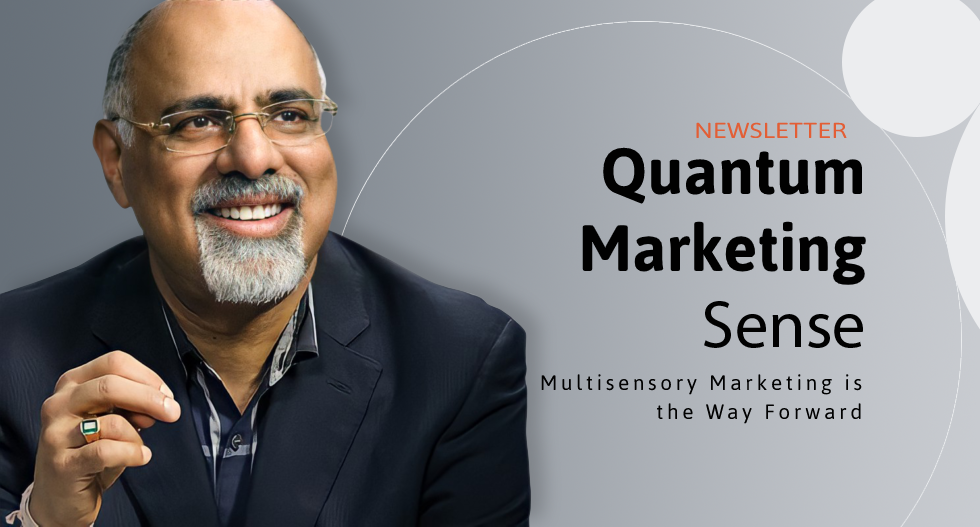The Topline:
The amount of advertising clutter that is prevailing today is totally overwhelming. Consumer attention span, on the other hand, is decreasing. Therefore, we need to find new ways of effectively cutting through the clutter, reaching the consumer and capturing their attention.
The Insights:
People can connect with sound, music, and voice in incredibly powerful ways. Music, specifically, can create a strong memory and a powerful emotional connection; a survey conducted by PHMG found that most consumers better recall the sounds in a commercial than the visuals. Audio only environments (such as the Internet of Things) are also dramatically increasing. Podcasts and smart speakers, for example, have exploded as new media for news and entertainment over the last year.
The Essential Truth:
So, what does that mean for marketers? In the modern digital landscape, consumers are completely overloaded with information—in fact, the best estimates indicate that they are bombarded with more than 5,000 ads per day. Coupled with this, consumers’ span of attention today is less than that of a goldfish. The result is that consumers have begun to ignore and tune out these messages. Commercial messages in particular (i.e., ads) are becoming less effective.
In order to succeed in this new environment, marketers need to find new ways to cut through all this clutter. Multisensory marketing, which engages most of the five senses, will be an essential and effective tool. And as both visual clutter and voice-only environments continue to increase, brands need to show up in a very different form—for example, in a sonic form i.e. they need to have sonic branding strategies.
Sonic branding is a very important part of multisensory marketing. Audio search is already here now (e.g., Alexa & Google Home), and this space will only continue to grow as the technology around smart speakers, the Internet of Things and wearables ramps up the curve. Since these environments have no visual real estate, visual branding serves no purpose in these contexts. In order to show up in these types of environments, brands will need to have a sonic brand identity and an overall sonic branding strategy.
My Take:
• Sonic branding is not just a clever jingle or a mnemonic—it is a comprehensive brand architecture that has multiple layers and dimensions
• An effective sonic brand will touch consumers in a non-intrusive and pleasant manner across different contexts
• A brand’s sonic DNA should have a clear, robust architecture. A visual logo has an entire playbook of how, when, and where it should be used, and there is no reason audio shouldn’t have the same sophistication. As an example, Mastercard’s sonic brand DNA includes multiple elements ranging from a melody, to a sonic signature to a transaction sound, and more.
• Utilizing sound and music is a great way to enter and embed into the culture and maximize brand relevance.
Long Story Short:
Expressing a sentiment unique to the brand though multiple doors of perception—be it through the eyes, ears, or even taste—distinguishes a given brand’s character from its competition and establishes a firm multi-dimensional identity. And when consumers receive messages through various senses, they are more moved more deeply and develop a stronger connection with those brands.
P.S. — I am thrilled that, today, Mastercard has been named the Best Audio Brand across all categories by amp for the second year in a row!

Recent Comments